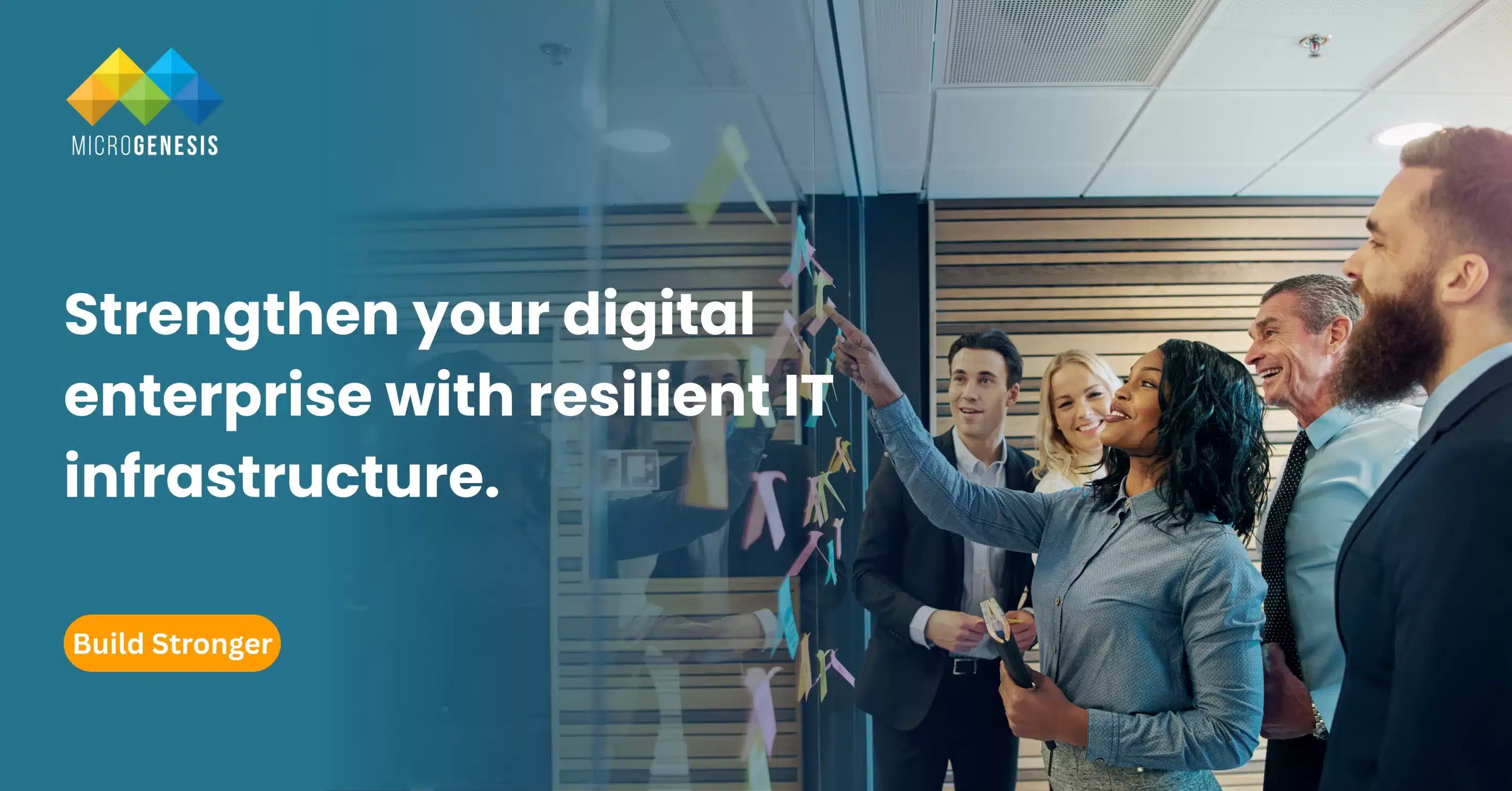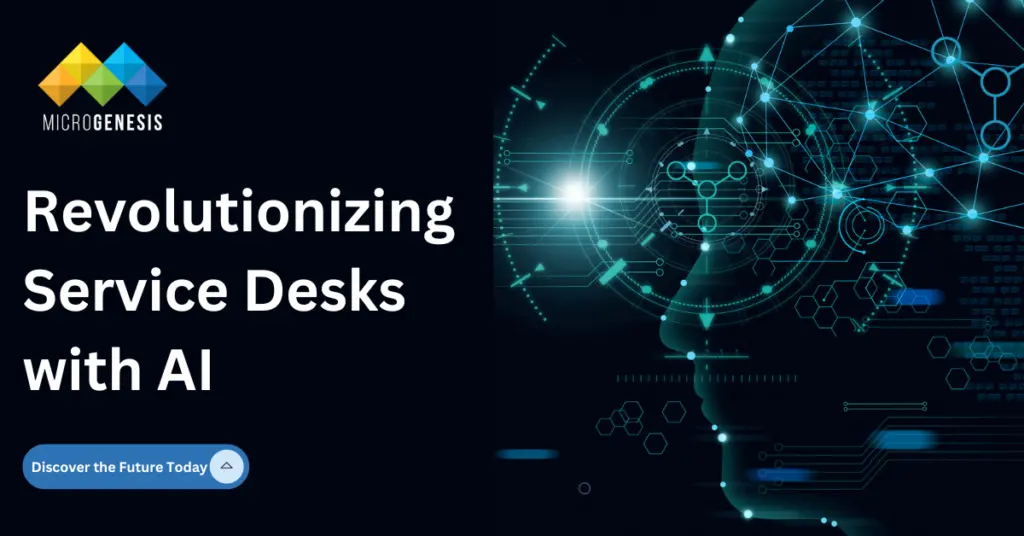In the digital age, every organization depends on technology to operate, innovate, and compete. From cloud platforms and data centers to applications and connectivity, IT infrastructure forms the backbone of modern enterprises. However, as digital ecosystems become more complex and distributed, the ability to maintain resilience — that is, to withstand disruptions and recover quickly — has never been more critical.
Resilient IT infrastructure ensures business continuity in the face of cyberattacks, system failures, or global disruptions. It empowers enterprises to deliver consistent performance, maintain compliance, and scale operations seamlessly — even under unpredictable conditions.
This article explores the principles, components, and best practices of building a resilient IT infrastructure, including strategies for modernization, automation, and hybrid cloud integration.
1. Understanding IT Infrastructure Resilience
1.1 Definition
IT infrastructure resilience refers to the ability of an organization’s technology ecosystem to continue operating effectively during and after disruptions. It encompasses availability, recoverability, adaptability, and performance continuity.
A resilient infrastructure isn’t just one that avoids failure — it’s one that anticipates and absorbs impact while maintaining business-critical functions.
1.2 Why Resilience Matters in a Digital Enterprise
Today’s enterprises operate in 24/7 global markets where downtime translates directly to financial loss and reputational damage. Customers expect uninterrupted service and instant access to digital experiences.
A resilient infrastructure minimizes service interruptions, protects data integrity, and maintains regulatory compliance. In essence, resilience isn’t just a technical goal — it’s a strategic business imperative.
2. The Core Pillars of IT Infrastructure Resilience
2.1 Availability
Availability ensures systems are accessible whenever users need them. This requires redundant components, high availability clusters, and automated failover mechanisms.
For instance, cloud environments distribute workloads across multiple regions or availability zones, preventing localized outages from impacting users.
2.2 Reliability
Reliability focuses on consistent performance and operational stability. Systems must perform predictably under normal and peak conditions alike.
Monitoring tools, service-level agreements (SLAs), and preventive maintenance contribute to sustaining reliability across applications and services.
2.3 Scalability
Scalability allows infrastructure to expand or contract resources dynamically based on demand.
For example, during seasonal traffic spikes, auto-scaling cloud environments can provision additional compute resources automatically — ensuring uninterrupted performance without overprovisioning costs.
2.4 Security
Security is an inseparable part of resilience. A breach or ransomware attack can disrupt operations as severely as a hardware failure.
Resilient infrastructures employ defense-in-depth strategies, including identity management, encryption, zero-trust access, and continuous threat monitoring.
2.5 Recoverability
Recoverability ensures that systems can restore functionality quickly after a failure or attack.
Disaster recovery (DR) strategies, backup automation, and replication technologies help minimize data loss and restore critical systems within defined recovery time objectives (RTOs).
3. Modern IT Infrastructure Landscape
3.1 Hybrid and Multi-Cloud Environments
Most modern enterprises use a mix of on-premises, private cloud, and public cloud resources. This hybrid approach provides flexibility but increases complexity.
Resilience in such environments requires unified visibility, workload portability, and consistent security policies across platforms.
3.2 Edge Computing
As IoT devices proliferate, data processing is moving closer to its source — at the edge. Edge computing reduces latency and enhances local reliability but introduces new management and security challenges.
Resilient edge architectures employ local failover mechanisms and synchronize seamlessly with central cloud systems.
3.3 Software-Defined Infrastructure
Software-defined infrastructure (SDI) abstracts hardware management through software — including software-defined networking (SDN), storage (SDS), and data centers (SDDC).
This enables automation, rapid provisioning, and greater control, reducing the risk of manual misconfigurations that often cause downtime.
4. Designing for Resilience: Key Architectural Principles
4.1 Redundancy and Failover
Redundancy ensures there is no single point of failure. Systems should have backup components, data paths, and network routes to maintain continuity.
Failover systems automatically switch to standby resources when the primary system fails, ensuring seamless user experiences.
4.2 Distributed Systems
A distributed architecture spreads workloads across multiple servers or regions, reducing dependency on any single location.
For example, a global e-commerce platform might replicate its data and services across multiple data centers to maintain regional availability and performance.
4.3 Modularity and Microservices
Microservices architecture enhances resilience by isolating functionalities into smaller, independent services.
If one component fails, it doesn’t bring down the entire system — making updates, scaling, and recovery far more manageable.
4.4 Automation and Orchestration
Automated provisioning, monitoring, and remediation minimize human error and response times.
Tools like Terraform, Ansible, and Kubernetes orchestrate complex systems, ensuring that resources are configured correctly and can recover automatically from disruptions.
4.5 Observability
Observability goes beyond traditional monitoring by providing deep insight into system behavior through metrics, traces, and logs.
Platforms like Prometheus, Grafana, or Datadog enable teams to visualize dependencies, detect anomalies early, and optimize system performance proactively.
5. Cybersecurity as a Pillar of Resilience
5.1 Zero-Trust Architecture
In modern IT, internal networks can no longer be assumed secure. Zero-trust models enforce continuous authentication and least-privilege access to mitigate insider and external threats — strengthened by advanced ITSM software for monitoring, control, and compliance.
This approach ensures that even if one segment is compromised, attackers cannot move laterally across systems.
5.2 Endpoint Protection and Threat Intelligence
Endpoints — laptops, mobile devices, IoT nodes — are common targets for attackers.
Integrating Endpoint Detection and Response (EDR) and Threat Intelligence Platforms (TIPs) enables organizations to detect, analyze, and respond to threats before they escalate.
5.3 Secure Backup and Encryption
Ransomware can cripple operations by encrypting data. To combat this, organizations should implement immutable backups (backups that cannot be altered or deleted) and encrypt data both in transit and at rest.
Regular restoration testing ensures backups remain viable when needed most.
6. Building a Culture of Resilience
6.1 Cross-Functional Collaboration
True resilience extends beyond technology — it’s a cultural mindset. IT, security, operations, and business teams must collaborate to identify risks and establish clear communication protocols.
Joint ownership of incident response processes ensures accountability and faster decision-making during crises.
6.2 Continuous Learning and Simulation
Regular disaster recovery drills, tabletop exercises, and chaos engineering experiments (like Netflix’s “Chaos Monkey”) help teams prepare for real-world failures.
By intentionally testing systems under stress, organizations identify weak points and strengthen overall readiness.
6.3 Governance and Compliance Alignment
Regulated industries — such as finance, healthcare, and energy — must align resilience strategies with compliance frameworks like ISO 27001, NIST, or SOC 2.
Integrating governance into infrastructure design reduces audit complexity and ensures sustained compliance over time.
7. Leveraging Cloud for Resilience
7.1 Elastic Infrastructure
Cloud platforms like AWS, Azure, and Google Cloud offer auto-scaling and load-balancing capabilities that adjust to changing workloads automatically.
This elasticity prevents performance degradation during traffic surges and eliminates the need for manual scaling.
7.2 Multi-Region and Multi-Zone Deployment
Hosting applications across multiple regions or zones enhances resilience.
For example, deploying workloads across multiple AWS Availability Zones ensures that even if one region experiences an outage, services remain accessible elsewhere.
7.3 Cloud-Native Backup and Disaster Recovery
Cloud-based disaster recovery solutions replicate data and configurations across regions, enabling faster restoration.
Services like AWS Backup or Azure Site Recovery automate the replication process, significantly reducing Recovery Time Objectives (RTOs).
8. Measuring and Monitoring Resilience
8.1 Key Performance Indicators (KPIs)
To assess infrastructure resilience, organizations should track:
- System Uptime (%) – overall availability rate.
- Mean Time to Recovery (MTTR) – how quickly systems recover from failures.
- Recovery Point Objective (RPO) – acceptable data loss window.
- Incident Frequency – how often critical disruptions occur.
- User Impact Metrics – performance degradation perceived by end users.
These metrics create transparency and guide continuous improvement.
8.2 Resilience Audits and Continuous Improvement
Regular audits validate whether infrastructure, processes, and people align with resilience goals.
Continuous improvement frameworks — like ITIL and ISO 22301 — provide structured methods for refining disaster recovery, security, and performance management.
Dig Deeper: How IT Service Management Reduces Downtime and Saves Costs for Growing Businesses
9. Future Trends in IT Infrastructure Resilience
9.1 AI and AIOps for Self-Healing Systems
Artificial intelligence is driving the next wave of infrastructure resilience. AIOps platforms enable predictive monitoring, automated root-cause analysis, and self-healing systems.
As machine learning matures, infrastructures will identify and remediate failures autonomously — minimizing downtime without human intervention.
9.2 Sustainable and Green Infrastructure
Sustainability is now a strategic priority. Energy-efficient data centers, server optimization, and renewable-powered cloud regions reduce both carbon footprint and operational costs.
Green infrastructure aligns IT operations with corporate ESG (Environmental, Social, and Governance) goals.
9.3 Quantum-Ready and Decentralized Architectures
As quantum computing and decentralized systems evolve, future infrastructure will need to adapt to new computational paradigms.
Enterprises are already exploring quantum-safe encryption and distributed data architectures to ensure resilience in next-generation environments.
Conclusion
In the digital economy, resilience is no longer optional — it’s a competitive advantage. Building resilient IT infrastructure allows enterprises to maintain trust, continuity, and performance even in the face of disruption.
By combining architectural redundancy, cybersecurity, automation, and a culture of preparedness, organizations can transform their infrastructure from fragile to future-ready.
With MicroGenesis, a trusted digital transformation consultant offering comprehensive ITSM solutions, enterprises can design intelligent systems that not only recover from challenges but also learn, adapt, and evolve for long-term success.




